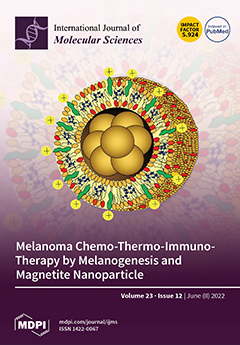The
Pneumocystis genus is an opportunistic fungal pathogen that infects patients with AIDS and immunocompromised individuals. The study of this fungus has been hampered due to the inability to grow it in a (defined media/pure) culture. However, the use of modern molecular techniques and genomic analysis has helped researchers to understand its complex cell biology. The transcriptional process in the
Pneumocystis genus has not been studied yet, although it is assumed that it has conventional transcriptional machinery. In this work, we have characterized the function of the RNA polymerase II (RNAPII) general transcription factor TFIIB from
Pneumocystis carinii using the phylogenetically related biological model
Schizosaccharomyces pombe. The results of this work show that
Pneumocystis carinii TFIIB is able to replace the essential function of
S. pombe TFIIB both in in vivo and in vitro assays. The
S. pombe strain harboring the
P carinii TFIIB grew slower than the parental wild-type
S. pombe strain in complete media and in minimal media. The
S. pombe cells carrying out the
P. carinii TFIIB are larger than the wild-type cells, indicating that the TFIIB gene replacement confers a phenotype, most likely due to defects in transcription.
P. carinii TFIIB forms very weak complexes with
S. pombe TATA-binding protein on a TATA box promoter but it is able to form stable complexes in vitro when
S. pombe TFIIF/RNAPII are added.
P. carinii TFIIB can also replace the transcriptional function of
S. pombe TFIIB in an in vitro assay. The transcription start sites (TSS) of the endogenous
adh gene do not change when
P. carinii TFIIB replaces
S. pombe TFIIB, and neither does the TSS of the
nmt1 gene, although this last gene is poorly transcribed in vivo in the presence of
P. carinii TFIIB. Since transcription by RNA polymerase II in
Pneumocystis is poorly understood, the results described in this study are promising and indicate that TFIIB from
P. carinii can replace the transcriptional functions of
S. pombe TFIIB, although the cells expressing the
P. carini TFIIB show an altered phenotype. However, performing studies using a heterologous approach, like this one, could be relevant to understanding the basic molecular processes of
Pneumocystis such as transcription and replication.
Full article






